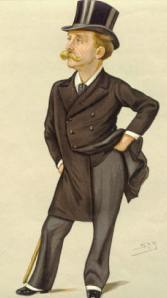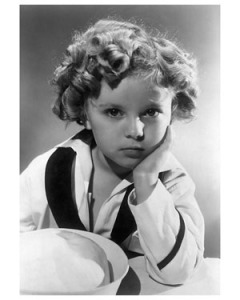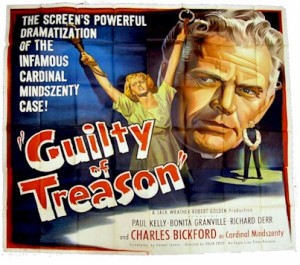Lord Cornbury, the third Earl of Clarendon, served as Governor of New York between 1701 and 1708.
Cornbury came to be regarded in the historical literature as a moral profligate, sunk in corruption: possibly the worst governor Britain ever imposed on an American colony. The early accounts claim he took bribes and plundered the public treasury.
***Lord Cornbury image found here
Later historians characterise him as a “degenerate and pervert who is said to have spent half of his time dressed in women’s clothes”, a “fop and a wastrel”. One night during the early 1700s, a constable working for the British colony of New York arrested what he presumed was a prostitute walking along Broadway. When the suspect was brought back to the stockade, however, it was discovered that he had actually taken into custody the colonial governor, who enjoyed taking evening strolls in his wife’s clothes … In addition to women’s clothing, which he enjoyed wearing while walking the parapets of the British fort he commanded, Lord Cornbury also had a fetish for ears, and made it a point of telling visitors to official state functions that they were free to fondle those of his wife …
image found here
He is reported to have opened the 1702 New York Assembly clad in a hooped blue gown and an elaborate headdress and carrying a fan, imitative of the style of Queen Anne. It is also said that in August 1707, when his wife Lady Cornbury died, His High Mightiness (as he preferred to be called) attended the funeral again dressed as a woman.***
Blue gown and elaborate headdress found here
One hundred years later, Henry Cope of Brighton, also liked to dress up in unusual clothing. Whereas Lord Cornbury reputedly preferred female attire, Henry was more concerned with a specific colour.
Henry Cope was gripped by green. A contemporary writer records every detail: “Green pantaloons, green waistcoat, green frock coat, green cravat; and though his ears, whiskers, eyebrows and chin were powdered, his countenance, no doubt from the reflection of his clothes, was also green. He ate nothing but green fruits and vegetables, had his rooms painted green, and furnished with a green sofa, green chairs, green table, green bed and green curtains. His gig, his livery, his portmanteau, his gloves and his whip were all green. With a green silk handkerchief in his hand and a large watch-chain with green seals fastened to the green buttons of his green waistcoat, he paraded every day on the Steyne”.
Green house by Sandy Skoglund found here
Unfortunately by 1806, Cope had gone completely mad and hurled himself from the cliff down to the beach below which was mostly golden but with patches of green seaweed. He is believed to have spent his last years in an asylum, bound up in a straitjacket. It is not known whether it was green.
image found here
***In 2000 Patricia U. Bonomi re-examined these assertions, and found them to be questionable and based on very little evidence.







































































